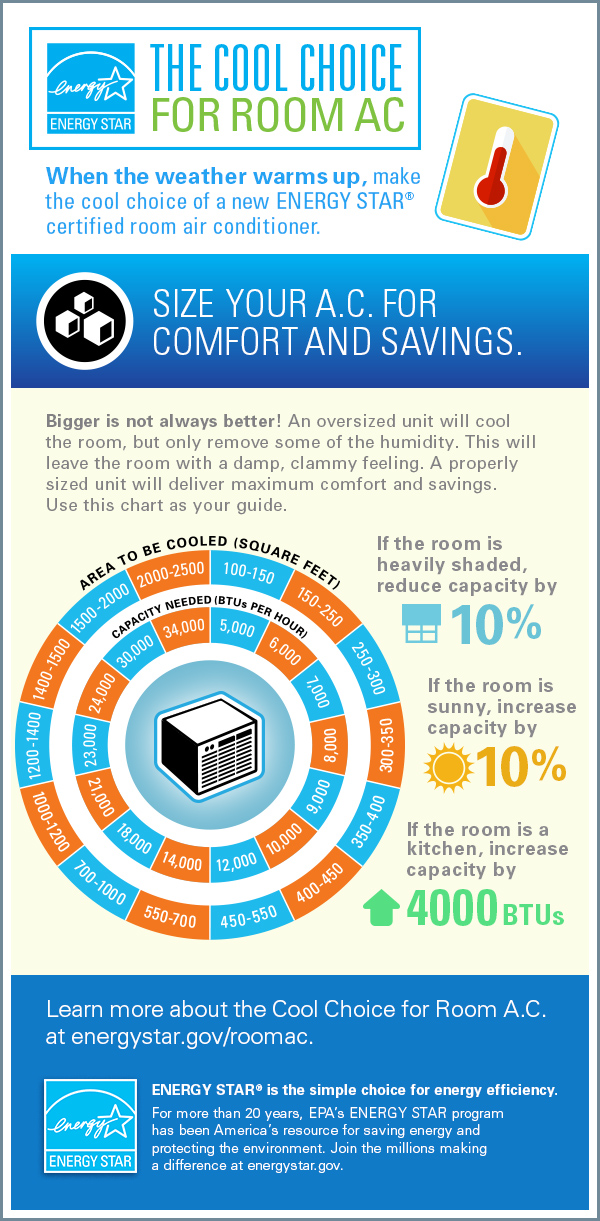The Ultimate Guide To Recognizing Warm Pumps - How Do They Function?
The Ultimate Guide To Recognizing Warm Pumps - How Do They Function?
Blog Article
Material Create By-Roy Hanna
The very best heatpump can conserve you considerable amounts of money on energy expenses. They can also help in reducing greenhouse gas discharges, specifically if you utilize power in place of fossil fuels like gas and heating oil or electric-resistance heaters.
Heatpump work quite the like a/c do. This makes them a practical option to conventional electric home heater.
How They Function
Heatpump cool homes in the summer season and, with a little help from electricity or natural gas, they supply several of your home's heating in the wintertime. They're a great alternative for people who wish to reduce their use nonrenewable fuel sources but aren't prepared to change their existing heater and cooling system.
They count on the physical truth that also in air that appears too cool, there's still power existing: cozy air is constantly relocating, and it wishes to relocate right into cooler, lower-pressure atmospheres like your home.
A lot of power STAR accredited heat pumps operate at near their heating or cooling capability throughout most of the year, decreasing on/off cycling and conserving power. For the best efficiency, concentrate on systems with a high SEER and HSPF score.
The Compressor
The heart of the heat pump is the compressor, which is likewise referred to as an air compressor. This mechanical flowing device makes use of possible power from power production to boost the stress of a gas by decreasing its quantity. It is different from a pump in that it only works on gases and can not deal with liquids, as pumps do.
Climatic air gets in the compressor through an inlet valve. It circumnavigates vane-mounted arms with self-adjusting size that divide the interior of the compressor, creating several dental caries of differing dimension. The blades's spin forces these cavities to move in and out of phase with each other, pressing the air.
The compressor draws in the low-temperature, high-pressure cooling agent vapor from the evaporator and compresses it into the hot, pressurized state of a gas. This procedure is duplicated as needed to provide heating or cooling as called for. The compressor additionally contains a desuperheater coil that recycles the waste warm and includes superheat to the cooling agent, altering it from its liquid to vapor state.
The Evaporator
The evaporator in heat pumps does the very same thing as it carries out in refrigerators and ac system, transforming fluid refrigerant right into a gaseous vapor that removes warmth from the area. Heatpump systems would certainly not work without this vital piece of equipment.
This part of the system is located inside your home or building in an indoor air handler, which can be either a ducted or ductless system. It contains an evaporator coil and the compressor that presses the low-pressure vapor from the evaporator to high pressure gas.
Heat pumps soak up ambient warm from the air, and afterwards use electrical power to move that heat to a home or company in home heating mode. https://ktar.com/story/4726784/why-fall-maintenance-is-important-for-your-heating-system-and-a-c/ makes them a great deal much more power efficient than electrical heaters or furnaces, and due to the fact that they're using tidy electrical energy from the grid (and not melting gas), they likewise produce much fewer exhausts. That's why heatpump are such terrific environmental options. (Not to mention a big reason they're coming to be so popular.).
https://www.prnewswire.com/news-releases/rooter-hero-expands-its-hvac-market-with-the-acquisition-of-los-angeles-area-home-service-company-301550645.html .
Heat pumps are wonderful alternatives for homes in cool environments, and you can utilize them in combination with conventional duct-based systems and even go ductless. They're a great alternative to fossil fuel heating unit or typical electric furnaces, and they're much more sustainable than oil, gas or nuclear a/c equipment.
Your thermostat is the most vital part of your heatpump system, and it functions very differently than a standard thermostat. All mechanical thermostats (all non-electronic ones) work by using compounds that transform dimension with enhancing temperature level, like coiled bimetallic strips or the broadening wax in a vehicle radiator valve.
These strips include two various kinds of steel, and they're bolted with each other to form a bridge that finishes an electric circuit linked to your HVAC system. As the strip obtains warmer, one side of the bridge expands faster than the other, which causes it to bend and indicate that the heater is required. When the heatpump is in heating mode, the reversing valve turns around the flow of refrigerant, to make sure that the outdoors coil currently works as an evaporator and the indoor cylinder becomes a condenser.